Red Bull was comfortably beaten in the Dutch Grand Prix, raising alarm bells.
Max Verstappen's lead in the drivers' championship remains a healthy 70 points, but he was crushed by Lando Norris in Zandvoort by 22.9s, the largest margin of victory this season.
Whilst Verstappen's advantage is strong, Red Bull is just 30 points ahead of McLaren in the constructors' championship, and given the chasm to the Woking-based team at Zandvoort, Red Bull has a problem to deal with.
It is an outcome Red Bull was trying to avoid. Going into the summer break, Verstappen and the team announced they were going to analyse its development and upgrades.
Red Bull started the season dominantly but was suddenly caught by the chasing pack from the Miami Grand Prix onwards. McLaren and Mercedes were regularly faster, and updates from Red Bull seemed to make little difference. Instead, the optimal balance in the RB20 was hard to find.
The Dutch GP became an experiment for Red Bull. Verstappen and Sergio Perez drove with different parts and setups, to see if the car would regain its balance. A floor from the beginning of the season was even used, and parts introduced in Hungary were also reverted.
Viewed by others:
Red Bull experiment result
It accomplished nothing. Instead of hoping to rediscover the car's balance, the opposite happened. Verstappen and Perez slid in all directions throughout the weekend, and additional problems were highlighted afterwards.
Verstappen was highly critical of the balance, whilst Perez, in particular, questioned the RB20's speed in the medium-speed corners.
There is a link between balance and cornering speed, but the comments of both Red Bull drivers show the team seems to have lost its way in terms of development.
When you have to switch back to parts of yesteryear in F1, you are already fundamentally behind the times. Interestingly, areas where Red Bull was formidable in recent seasons, like car balance, have become a pressing concern.
Tyre degradation is another surprising issue. Verstappen started to complain about his tyres on lap 15, whilst his pace also dropped considerably whilst on the hard compound for his second stint.
Red Bull has not been used to that for some time because in 2023 tyre management was the team's strong point. As soon as the competition started complaining about wear and tear, Verstappen was still able to drive eerily consistent lap times.
Now McLaren is a great example for the other teams. Indeed, Norris drove sublimely on both the medium and hard tyres.
Red Bull lessons
But where did things go wrong for Verstappen at Zandvoort? Team boss Christian Horner had an idea after the race in conversation with Viaplay.
"We just didn't have the speed during the race," Horner said. "In hindsight, I think maybe the gamble we took with more downforce was not our best move.
"And looking at Checo's pace, it seemed like he had an easier time in the second half of the race. But congratulations are in order for Lando and McLaren, they were very fast. We have work to do to find more speed."
That is a striking statement from Horner because more downforce should bring more grip and balance to the car. In Verstappen's case, the only effect was significant tyre wear.
Some might wonder why a top team like Red Bull would gamble with the set-up when there is little data available.
Rain and wind on Friday morning, and again on Saturday, made it impossible to gather the necessary data for the optimal set-up, so logically teams seemed to change little. Only Mercedes is known to have made many changes, but that, like Red Bull, turned out very badly.
Is it all doom and gloom then? Of course not. Red Bull used the Dutch GP to gather data to have a basis for the last nine races. You just have to then turn that knowledge, good or bad, into optimisations, something which has been an issue for Red Bull.
Verstappen reported the same problems in the European races before the summer break, and that was prior to an extensive evaluation.
The conclusion? The experiment has failed for now and Red Bull must hand the favourite baton to McLaren, on almost all circuits. There are now two titles at stake.
Don't miss out on any of the Formula 1 action thanks to this handy 2026 F1 calendar that can be easily loaded into your smartphone or PC.
Download the calenderMost read
In this article

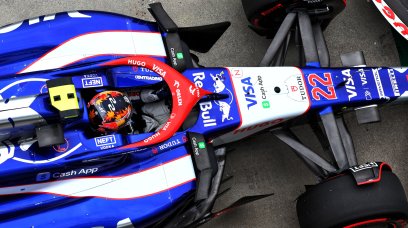
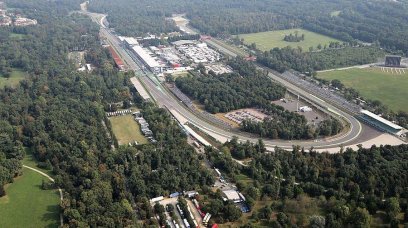
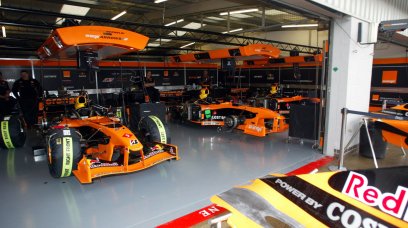

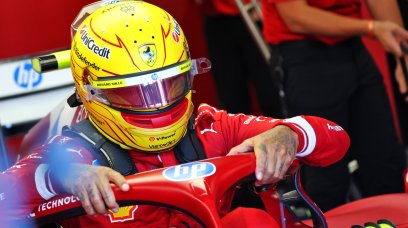
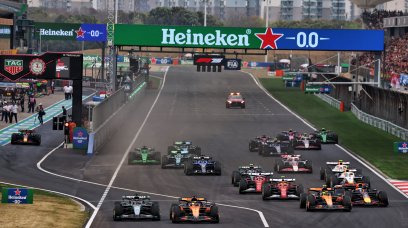

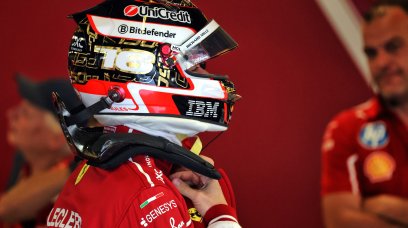


Join the conversation!